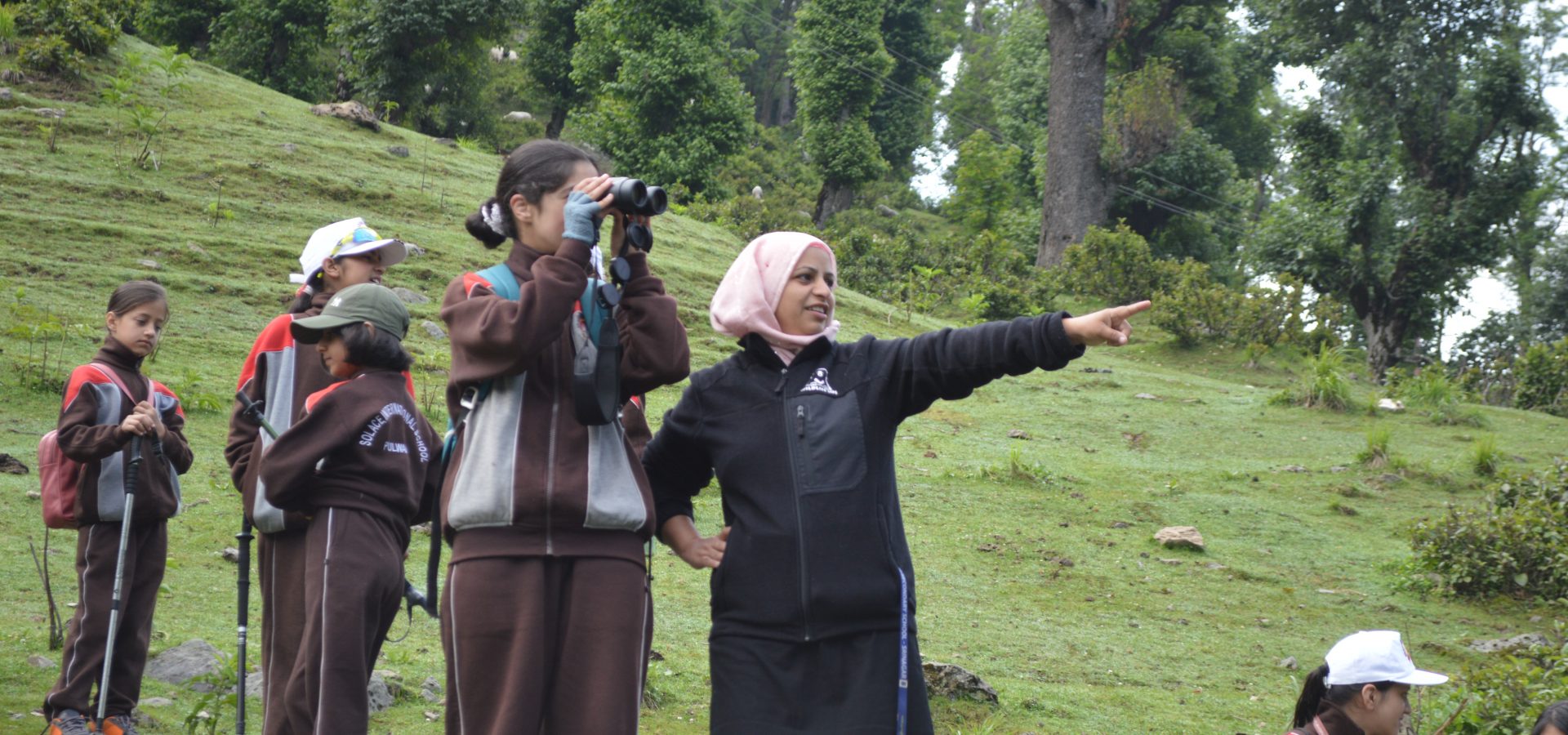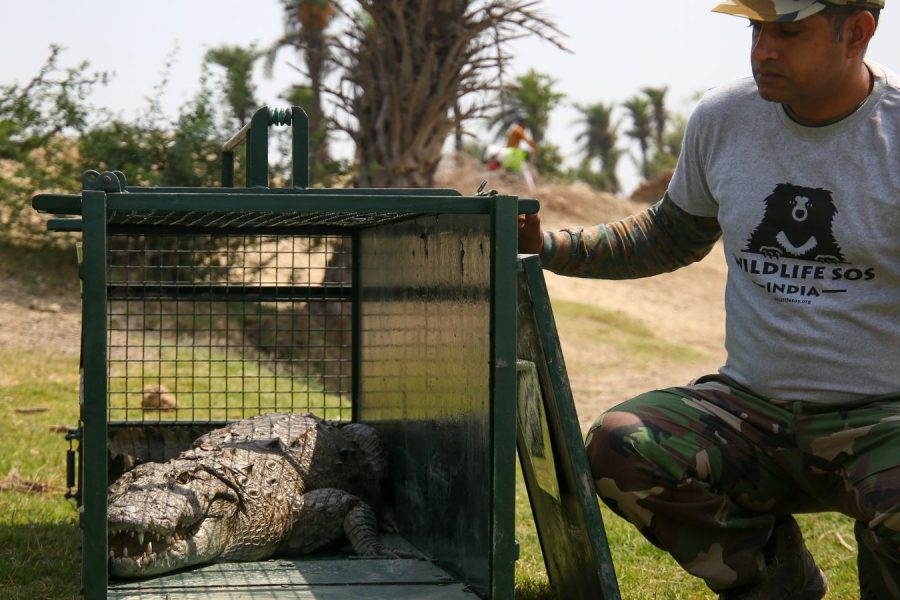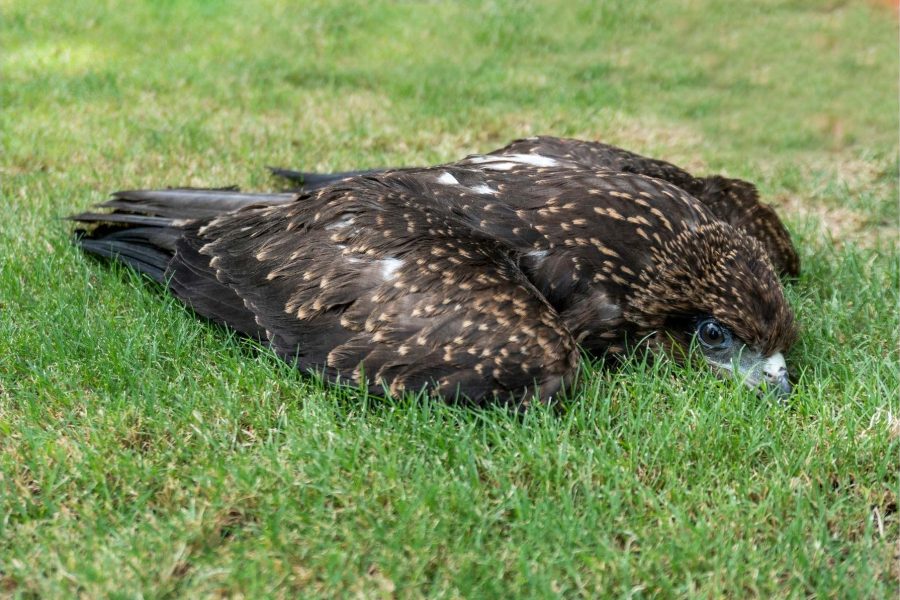Nature is an indispensable part of all our lives. Think about it — birds chirping on trees right outside our window draws our gaze in wonder, and many of our family holidays too are planned away from the hustle-bustle of the city, just to dive into the lap of nature! In one way or another, nature pulls us towards its beauty. However, conversations around conserving nature still fall short.
To ignite love and care for nature, many organisations and individuals have taken the initiative to talk about the topic by reaching out to people. It is extremely important to create an awareness about nature especially among the young minds, the children, who are the leaders of tomorrow.
Introducing Children to Conservation
In the words of John F. Kennedy, “Children are the world’s most valuable resource and its best hope for the future.”
Introducing children to nature and its needs can have a compelling effect not only on them, but also on the environment. The conversations about conservation can happen both indoors and outdoors, and they become an excellent way to bond with children.
As we engage with young minds about animals, plants, and their habitat, we are also taking the first step in creating a sensitivity towards nature and wildlife. Curiosity leads children to delve into important topics such as animal behaviour, distribution of flora and fauna, threats to wildlife, and the efforts we can make to conserve all that comprises nature.
How to Engage Children in Nature Conservation?
Here are some ways that one can bring nature and our family together:
- Begin with small steps: We can sow the seeds of nature conservation by beginning at home itself! One way is to involve children in gardening activities and introduce them to various plants. As a physical and mindful activity, it motivates them to take care of the plants, and understand how essential they are for the environment. Another mindful step is that instead of driving to cover short distances, a fun walk or even cycling with your children can help them understand how less carbon footprint is more environmentally friendly. Switching off extra lights and controlling wastage of water are among habits that cultivate a sense of conservation at a young age. As a collective effort, a family can opt for sustainable alternatives in their lifestyle as well.
- Holiday like an ecotourist: Ecotourism is globally recognised as a powerful tool for the conservation of biodiversity. Many youngsters are now choosing locations that include eco-friendly living and activities. As a family, you can opt for a nature-oriented getaway which makes sure that you and your kids leave only your natural footprints behind!
- Practise the 5 R’s: Another habit to inculcate is conscious waste management, and to do that, it is important to practice the 5 R’s — refuse, reduce, reuse, repurpose, and recycle. This helps minimise the negative impact of human activity on the environment. Moreover, 5 R’s also help us to lead a more sustainable life.
- Catch up on nature shows together: Watching environment-based movies and shows can not only help us rebuild our lost connection with the environment, it can also bring in exciting conversations among family members! Documentaries and series that showcase stunning visuals of the wild are also accompanied with eye-opening facts that give us a better understanding of the world we inhabit.
- Know your neighbourhood nature: Going for nature walks in urban areas is a great way to learn about plants and animals that live in your locality! This activity can be done solo, however, joining a group to explore biodiversity opens up discussions about it. So, head out and discover urban wildlife in your city — You can begin this journey by spotting the birds around you too!
Wildlife SOS’ Efforts
- Education programme
Recently, Wildlife SOS launched its education initiative that aims to connect with various institutes that wish to learn more about wildlife conservation. Our team conducts presentations focusing on wildlife in India in schools and colleges. If you’d like us to conduct a workshop at your institution, do reach out to us at education@wildlifesos.org with any queries regarding this.
- Young visitors
Many children pay a visit to our Wildlife SOS centres to learn about our animals and wildlife conservation. Padmanabham, a 3 and a half-year-old spirited child learnt about Wildlife SOS through India’s Jungle Heroes and was deeply inspired by Mr. Baiju Raj M.V., Director-Conservation Projects at Wildlife SOS.
Ayan Mehra is another considerable supporter of and contributor at Wildlife SOS. With his excellent artistic skills, Ayan has designed portraits of our rescued animals such as elephant Rhea and Odum, the Sloth bear, and generously donated them to our Bid To Be Wild Auction. Ayan and his family also visited our centres to meet the animals, where they learnt about the care and medical treatment provided by our dedicated team to these animals.
You too can visit our centres! Just send us an email at visit@wildlifesos.org to know more.
- Webinars, contests, and workshops
Wildlife SOS undertakes numerous online and offline contests on the theme of nature and wildlife to showcase the extraordinary talent of young students. On the occasion of World Wildlife Day and World Tiger Day this year, we organised online contests to raise awareness about wildlife through art. We were overwhelmed to see the number of entries sent in by children!
Recently, in Jammu and Kashmir, the Wildlife SOS team collaborated with Solace International School for an experiential nature camp with youngsters. The three-day camp involved indoor and outdoor sessions including educational talks, watching films on poaching and animal trafficking, nature walks, and birdwatching. We hope to reach out to many more young and passionate wildlife warriors interested in learning about conservation. Find out about the various volunteering opportunities we offer.
Wildlife SOS also provides livelihood and education support to the Kalandar community, members of which was once involved in the ‘dancing’ bear practice through its Tribal Rehabilitation Programme. Just like our own, children of the Kalandar community too deserve the right to education. To ensure that each Kalandar child avails this right, you too can support their education.





